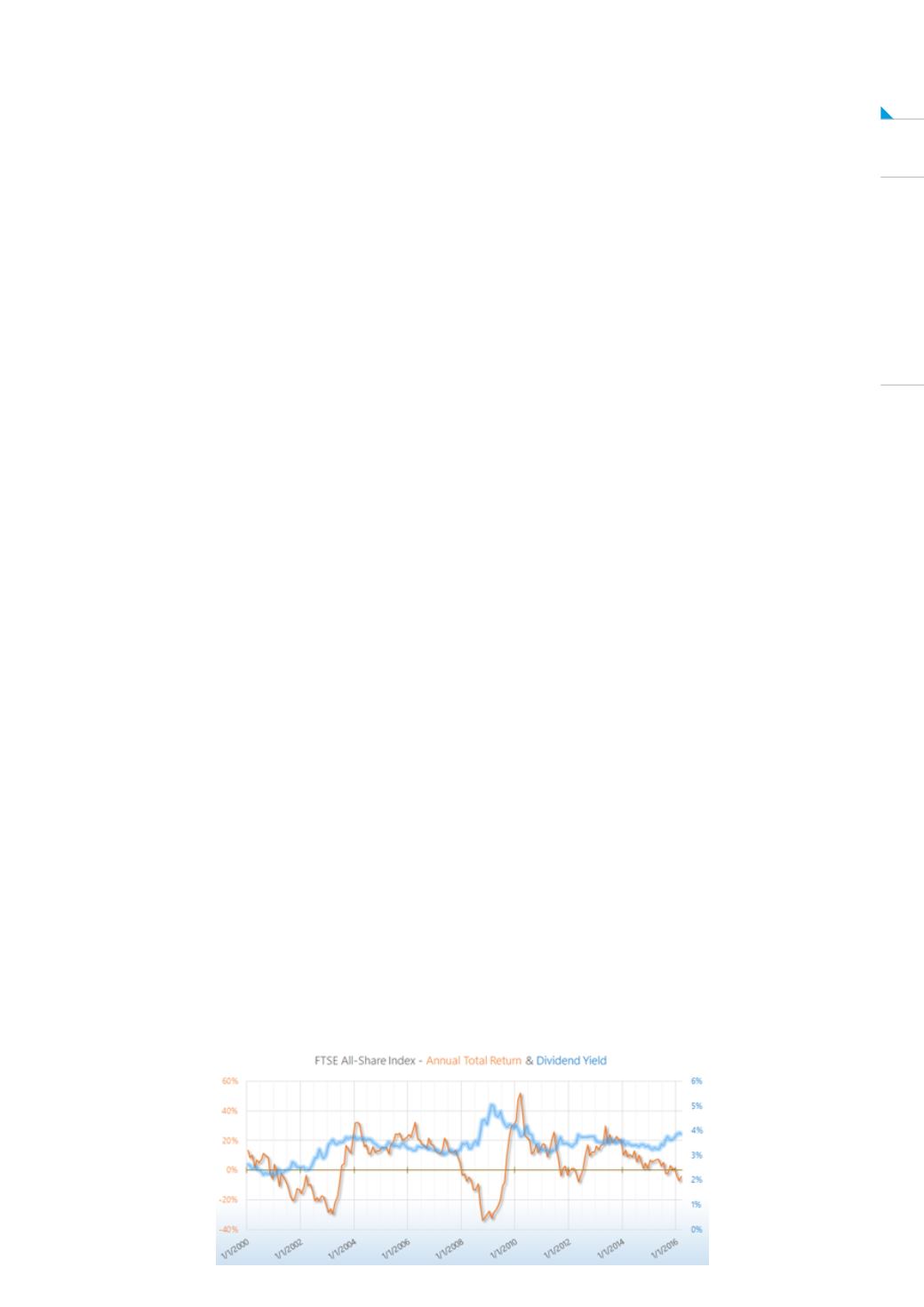
DIY Investor Magazine
|
June 2017
51
The interaction between the pension and IHT tax
regimes, the need for long-term income, the potential
need for long term care, the need for a diversified
asset mix of real assets inside your pension fund (not
just owning a residential property outside your pension
fund), the tax effectiveness of investing inside a pension
wrapper, the triple lock (or even double lock) on state
pension benefits, the enhanced death benefits and
IHT planning under pension freedoms all serve to
highlight the critical need for professional advice when
considering a full or partial transfer of DB scheme
benefits.
THE STATE OF DB SCHEMES
When planning to transfer from a DB scheme it is worth
considering the health of the scheme and the risk of
it failing to meet some or all of its future liability; the
current level of UK DB scheme deficits is c£300bn.
The Pension Protection Fund (PPF) only covers
pensions to a cap which from 1 April 2017 is £38,505.61
per year (£34,655.05 when the 90% level is applied);
PPF has approximately £3.5bn of assets and receives
c £540m a year in levies so lags the deficit by a wide
margin.
The true long term security of any DB scheme is very
difficult to assess - current funding, future shocks to
liabilities, strength of employer (risk of failure), costs,
long term returns and asset liability mix are all factors;
as BHS, Tata and a myriad of smaller scheme failures
show that DB schemes are no longer absolutely
‘guaranteed’ as they once were.
With most schemes closed to new members, benefits
being paid out are higher than contributions in, and the
move to reducing ultimate benefits (career average vs
final salary definition for pension purposes), many will
see great value in ‘personal ownership’ of their pension
rather than ‘fractional ownership’ in an opaque pooled
DB vehicle.
WHY NOW?
A decade of low inflation may be coming to an end –
there are signs of global growth and the UK is seeing the
first signs of imported inflation caused by the falling value
of sterling post Brexit. Asset managers are warning about
the risk to capital of holding bonds in the expectation of
growth and thus inflation and interest rates picking up.
If inflation rises, and / or bond liquidity dries up, the fall in
bond values may be sharp (lower interest rates increase
bond duration making them even more sensitive to yield
changes).
Some investors will take the view that a DC ‘pot’ in
their own name is more secure than a ‘promise’ in a
DB scheme: larger deferred DB pensioners have less
protection under the Pension Protection Scheme, the
costs of a DB scheme are impossible to assess and
the long duration of DB schemes bond assets can
cause very sharp changes in solvency. A rise in interest
rates would be good for an annuity purchase from DC
schemes, and the same would be true of a buyout from
a DB scheme – except that the rise would have impacted
the asset valuation of the DB scheme – whereas an
appropriate asset allocation in a DC scheme could
mitigate this.
HIGH CETVS.
It is easy to see why a transfer value, based on bond
yields of less than 1%, invested in a broad equity
portfolio, with a 3-4% dividend yield could make a move
from DB to DC worthy of consideration at least from a
long-term investment return perspective; witness how
steady the dividend yield has been from FTSE ALL Share
companies - Figure 4.
Figure 4. FTSE All-Share Index Dividend Yields (blue)
and Annual Total Returns (red). Source: Siblis Research


